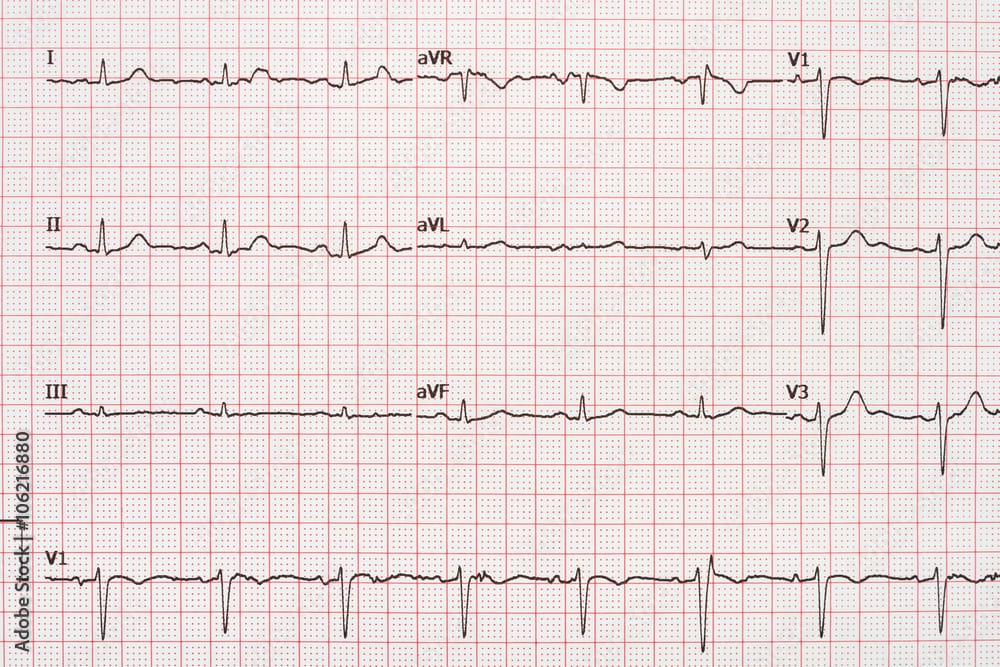Understanding Atrial Fibrillation: A Beginner’s Guide

Atrial fibrillation (AFib) is a condition characterized by an irregular and often rapid heart rhythm, known as an arrhythmia. This abnormal heart rhythm can lead to blood clots, increasing the risk of stroke, heart failure, and other heart-related complications. During AFib, the heart's upper chambers (atria) beat chaotically and out of sync with the lower chambers (ventricles). While some people with AFib may experience no symptoms, others may have a pounding heartbeat, shortness of breath, or lightheadedness.
AFib episodes can vary, with some being occasional and others persistent or permanent. Treatment options include medications, procedures to restore a regular heart rhythm, and therapies that block abnormal signals. AFib may also be associated with a related condition called atrial flutter, which has similar treatments.
The causes of AFib include heart-related issues such as congenital heart defects, high blood pressure, coronary artery disease, and other factors like sleep apnea or thyroid disease. Risk factors include age, substance use (alcohol, nicotine, caffeine), obesity, and certain medications. AFib is a serious condition that requires treatment to prevent life-threatening complications, especially stroke.
For more detailed information, visit the Mayo Clinic’s page on atrial fibrillation: Mayo Clinic AFib Symptoms & Causes.
